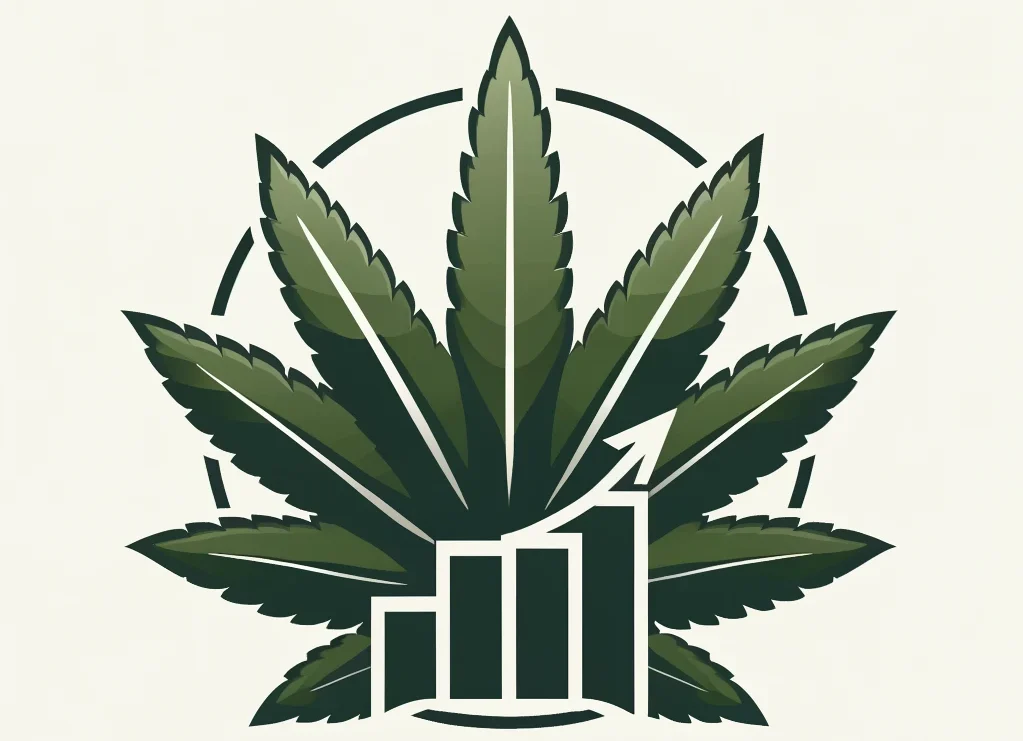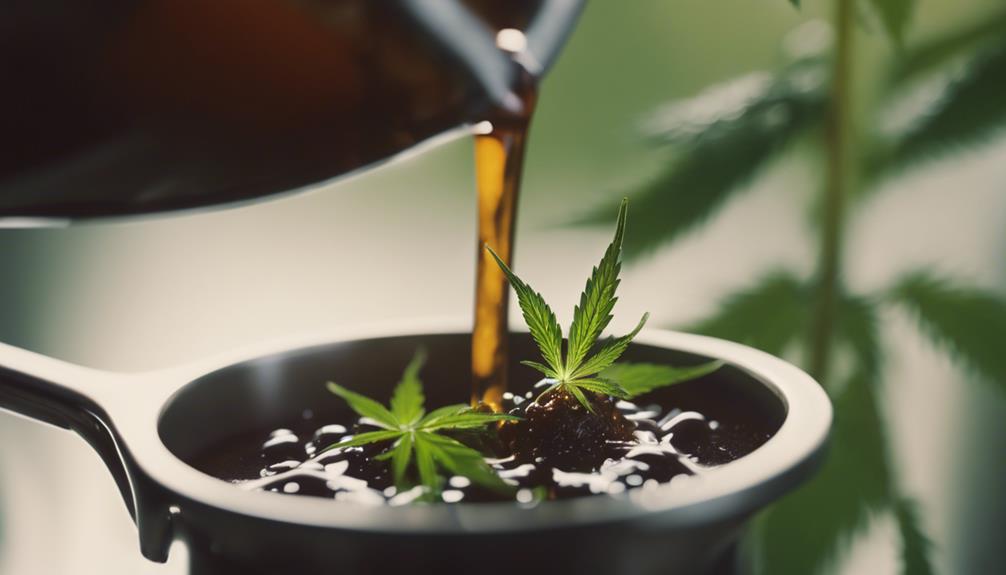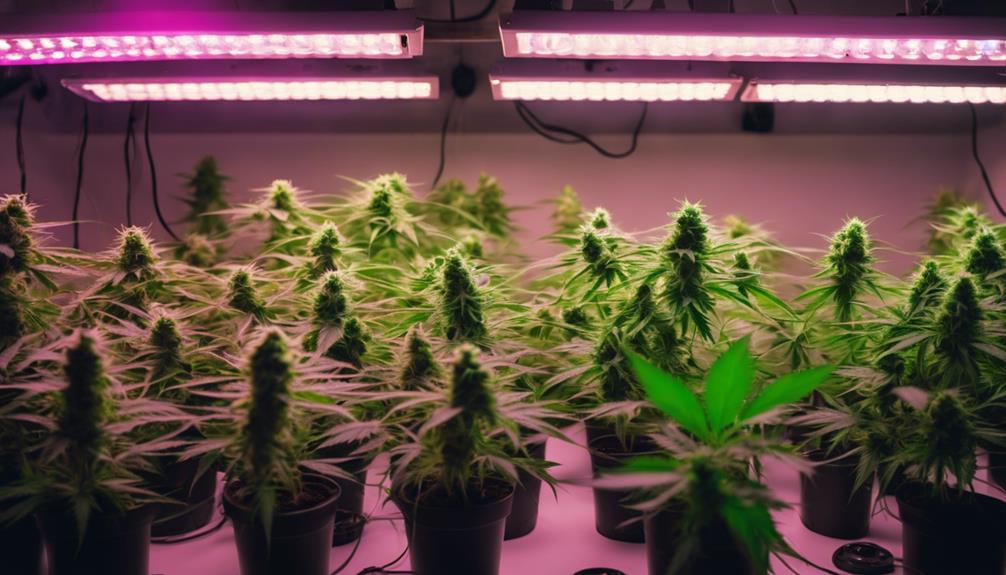When checking cannabis seeds, observe their color, texture, protective coating, shape, damage, and mold presence. Healthy seeds display pale brown shades with some darker patches. Feel for firmness and avoid soft or cracked seeds. Confirm a complete protective coating for moisture retention. Opt for round, symmetrical seeds over misshapen ones. Look out for cracks, holes, and mold as signs of damage. Mold presence can hinder growth and yield. Evaluating these factors is essential for seed viability. Consider these details for selecting the best cannabis seeds. Further insights await for better decision-making.
Key Takeaways
- Check for pale green or white color indicating immaturity or poor health.
- Inspect for softness, cracks, or irregularities in texture, signaling low viability.
- Verify the presence and integrity of the protective coating for seed health.
- Avoid flat or misshapen seeds, opting for round and robust ones.
- Look for mold presence, indicating reduced viability and potential germination issues.
Color Assessment
When evaluating the quality of cannabis seeds, the first step is to inspect their color. This serves as an important indicator of their health and viability for successful germination. Healthy cannabis seeds typically exhibit a pale brown color with patches of darker browns and blacks, signifying maturity and good quality.
On the contrary, bad cannabis seeds may appear white or pale green. This suggests immaturity and potential germination issues. Seeds with greenish hues should be avoided as they're likely unhealthy and of inferior quality, impacting their ability to grow into robust plants.
Understanding the significance of color assessment in seed quality can help in selecting the best seeds for a successful cannabis cultivation journey.
Texture Inspection
When evaluating the texture of cannabis seeds, one must thoroughly inspect for softness, visible cracks, powdery substances, and irregularities that may indicate poor quality. Good seeds should feel firm and hard to the touch, indicating their healthy state and potential for successful germination.
Poor quality seeds, on the other hand, may exhibit softness or sponginess, which could be a sign of low viability. It's important to avoid seeds with any visible cracks on their surface, as these imperfections can hinder their ability to absorb water and nutrients for best growth.
Protective Coating Check
An essential aspect in evaluating the quality of cannabis seeds is checking for the presence and integrity of their protective coating. Protective coatings play an important role in safeguarding seeds from damage and contamination.
Bad cannabis seeds often lack this protective layer, leading to low germination rates and compromised seed quality. Additionally, protective coatings aid in moisture retention, essential for the viability and health of the seeds.
Without a proper protective coating, seeds are more vulnerable to external factors that can negatively impact their ability to germinate and grow successfully. Hence, evaluating the presence and quality of protective coatings is fundamental in determining the overall health and potential of cannabis seeds.
Shape Evaluation
When evaluating the quality of cannabis seeds, one key aspect to ponder is their shape. Good quality seeds typically exhibit a round and robust shape, free from cracks, holes, or irregularities. Avoid seeds that appear flat or misshapen, as these are indicators of poor quality.
High-quality seeds should feel resistant to pressure when gently squeezed, indicating their integrity. Look for seeds with a uniform and symmetrical shape, as these are more likely to develop into healthy plants. Physical damage, such as dents or deformities, should be avoided, as they can affect the seed's viability.
Damage and Deformities Examination
To evaluate the quality of cannabis seeds thoroughly, inspect them closely for any visible signs of damage or deformities such as cracks, holes, or mold.
When examining for damage and deformities, keep in mind the following key points:
- Look for seeds that are firm and resistant to pressure, avoiding those that feel soft or easily crushed.
- Confirm the seeds have a protective coating and a uniform shape, indicating their health and viability.
- Check for any physical damage like cracks, dents, or discoloration on the surface of the seeds.
Mold Presence Verification
Inspecting cannabis seeds for mold presence involves closely examining for any powdery white substance on the seeds, utilizing a magnifying glass for a detailed assessment. Mold presence on cannabis seeds can lead to reduced viability and pose potential germination issues, impacting overall plant health.
Identifying mold on seeds is vital as planting unhealthy seeds can result in stunted growth and poor yields. By carefully inspecting each seed for any signs of mold using a magnifying glass, growers can make sure that only healthy seeds are selected for cultivation.
Mold verification is an essential step in the seed selection process to avoid problems during the growing cycle and promote successful plant development.
Can Having Too Many Cannabis Seeds in a Pot Affect Their Viability?
Yes, having too many cannabis seeds in a pot can definitely affect their viability. Crowding can lead to competition for resources like water, nutrients, and space, resulting in stunted growth and lower chances of successful germination. It’s best to follow recommended planting guidelines to ensure optimal growth.
Frequently Asked Questions
What Does a Dead Cannabis Seed Look Like?
A dead cannabis seed typically appears pale green or white. It lacks the characteristic brown color of healthy seeds. Dead seeds are soft, easy to crush, and show no signs of growth when attempting to sprout them.
Can Old Cannabis Seeds Germinate?
Old cannabis seeds can still germinate, but their viability decreases with age. Germination rates may be lower, affected by storage conditions. Older seeds might take longer to sprout or have lower success rates. Testing viability is essential before planting extensively.
What Color Are Mature Cannabis Seeds?
Mature cannabis seeds typically exhibit a dark brown to nearly black color with light stripes. This coloration indicates seed maturity and quality. Healthy seeds possess a waxy sheen and are essential for successful germination, making seed inspection imperative for viability.
What Should a Germinated Cannabis Seed Look Like?
In the early stages of germination, a healthy sprout should display a strong taproot growing downwards, a split seed coat, and vigorous growth. Proper moisture, light exposure, and care are crucial for seedling development and ensuring healthy growth.
Conclusion
To sum up, identifying bad cannabis seeds is essential for successful cultivation. By carefully evaluating the color, texture, protective coating, shape, and overall condition of the seeds, growers can guarantee they're selecting high-quality seeds for ideal plant growth.
Additionally, checking for mold presence is vital to avoid potential issues down the line. By following these steps, growers can confidently choose the best seeds for a successful harvest.




